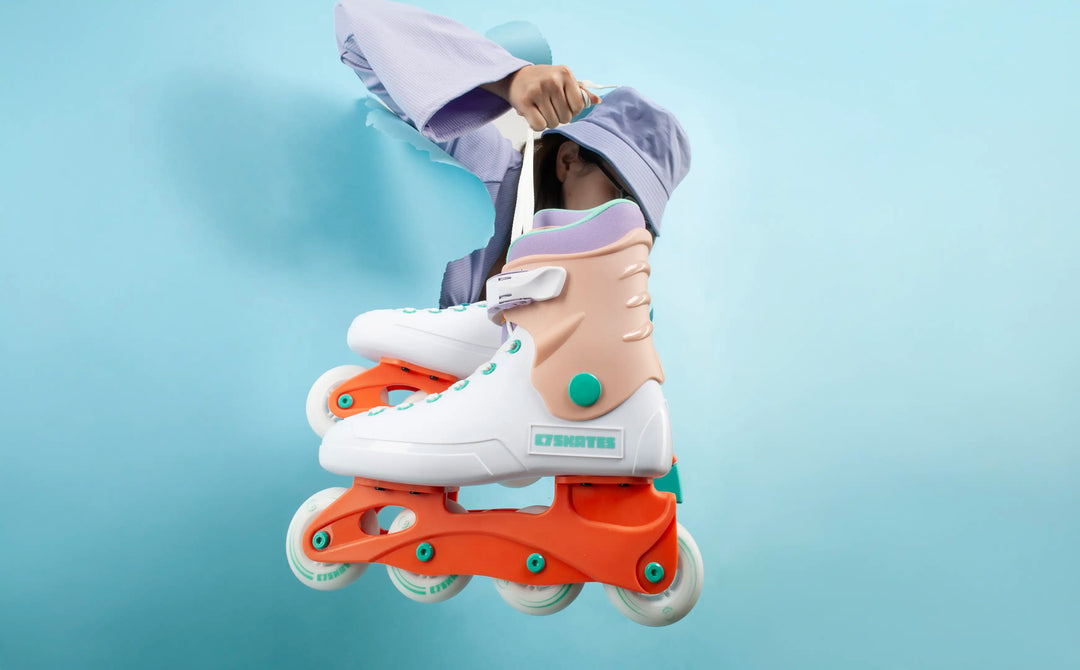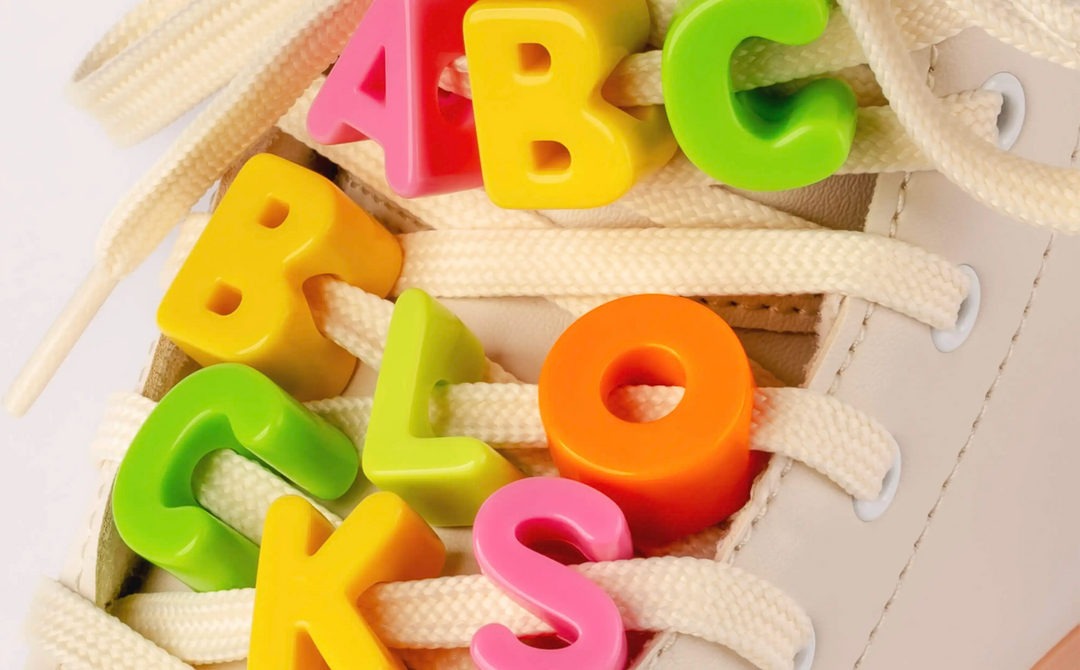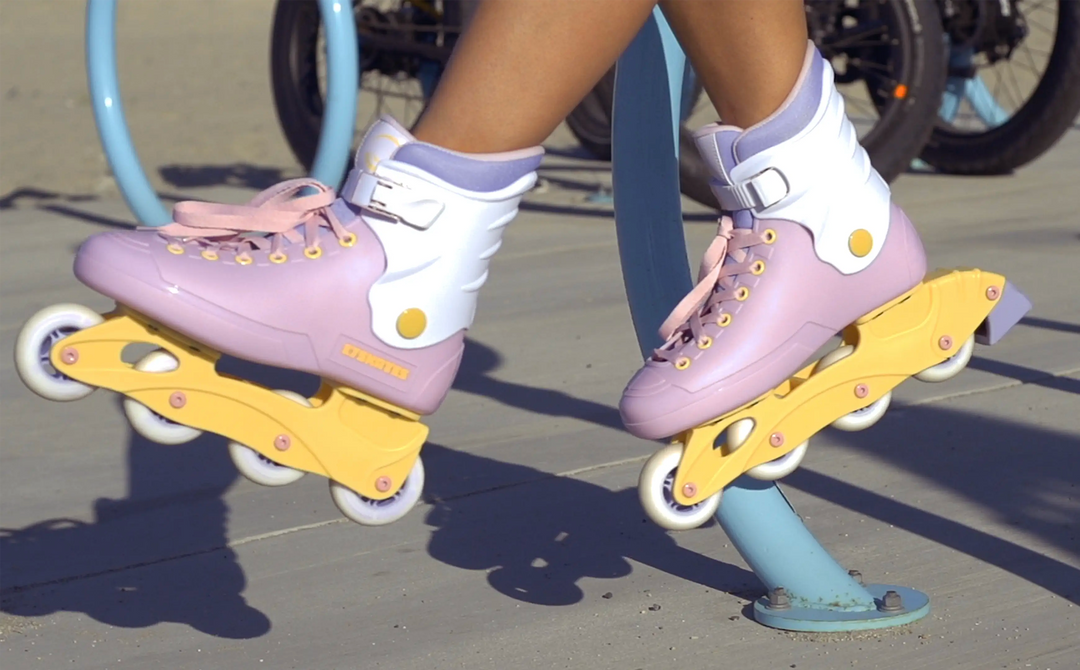The Science Behind Wheels—Hardness vs. Surface Explained
Ever wonder why your skates feel fast on some floors but sticky on others? The answer lies in one key detail: wheel hardness.
Whether you’re skating at the rink, rolling through smooth sidewalks, or tackling rough outdoor pavement, understanding how wheel hardness interacts with different surfaces can transform your ride from “okay” to effortless glide.
Let’s break down the science behind skate wheels and help you choose the perfect setup for your skating style.
1. What “Hardness” Really Means
Wheel hardness is measured on the durometer scale, often marked with an “A” rating (like 78A, 85A, or 101A). The higher the number, the harder the wheel.
| Hardness | Type | Feel | Typical Use |
|---|---|---|---|
| 78A–84A | Soft | Grippy, shock-absorbing | Outdoor skating (rough pavement, sidewalks) |
| 85A–92A | Medium | Balanced grip and speed | Mixed terrain or smooth outdoor surfaces |
| 93A–101A | Hard | Fast, less traction | Indoor rinks, polished concrete |
In short:
-
Lower = softer, grippier, smoother.
-
Higher = harder, faster, slicker.
2. Soft Wheels: Smooth Operator
Best for: Outdoor skaters, cruisers, and beginners.
Soft wheels absorb vibrations from rough ground like cracks, pebbles, and uneven surfaces. They give you a smoother, quieter ride and help maintain grip on unpredictable terrain.
Pros:
-
Comfortable on long rides
-
Great shock absorption
-
Excellent grip and control
Cons:
-
Slower top speed
-
More wear over time on rough terrain
C7 Tip: If you love cruising streets, parks, or boardwalks, go for wheels in the 78A–82A range.
3. Hard Wheels: Speed and Precision
Best for: Indoor rinks, dance, and advanced skaters.
Hard wheels reduce rolling resistance, giving you more speed and control on smooth, flat surfaces. They’re ideal for rhythm skating, jam sessions, and technical moves where precision matters.
Pros:
-
Faster roll on slick floors
-
Easier to slide and spin
-
Longer lifespan indoors
Cons:
-
Less shock absorption
-
Slippery on uneven or dusty surfaces
C7 Tip: Hard wheels in the 95A–101A range are perfect for rinks and artistic skating.
4. Surface Matters: Match Your Wheels to Where You Skate
Every surface interacts differently with your wheels:
| Surface Type | Recommended Hardness | Description |
|---|---|---|
| Outdoor pavement | 78A–84A | Softer wheels absorb bumps and give a smooth ride. |
| Indoor polished rink | 95A–101A | Hard wheels glide fast with minimal grip drag. |
| Sport court / gym floors | 88A–93A | Medium wheels balance traction and maneuverability. |
| Wood or coated floors | 92A–98A | Slightly harder wheels for smooth sliding without losing control. |
5. Hybrid Options: The Best of Both Worlds
If you switch between indoor and outdoor skating, hybrid wheels (around 85A–88A) offer a versatile balance—firm enough for indoor surfaces but soft enough to absorb mild vibration outdoors.
C7 Tip: Keep two sets of wheels if you skate in multiple environments. It’s the easiest way to optimize your performance without wearing down your favorites too fast.
6. Final Word: Find Your Feel
The perfect wheel hardness depends on you: your style, terrain, and comfort preferences. Understanding how durometer and surface work together helps you skate smarter, safer, and smoother.
Next time you roll out, take a moment to feel the surface under your wheels—it’s science in motion.
✨ C7Skates Insight: Your wheels are more than just accessories—they’re the heart of your glide. Choose them wisely, maintain them regularly, and they’ll keep you rolling strong wherever you go.





